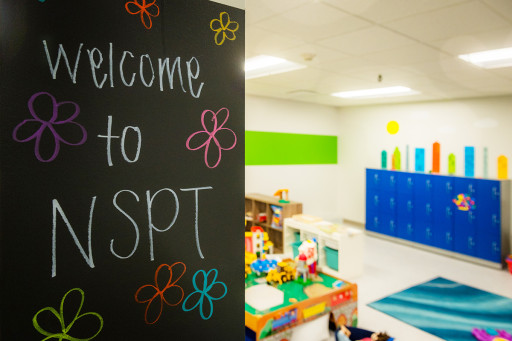AUSTIN, Texas, July 10, 2023 (Newswire.com) - Emergency departments (EDs) have made progress but do not fully meet national guidelines for pediatric emergency care, despite the association with improved survival, found a study out today in JAMA Network Open.
The findings are based on a 2021 reassessment of EDs by the National Pediatric Readiness Project (NPRP), led by the Emergency Medical Services for Children Program - part of the federal Health Resources and Services Administration - in partnership with the American Academy of Pediatrics, American College of Emergency Physicians, and Emergency Nurses Association.
"We can't treat children in emergency situations the same way we treat adults," says Kate Remick, MD, the study's lead author and co-director of the NPRP. "Every ED should have specialized knowledge, policies and equipment so they can meet children's unique needs. With the ongoing pediatric mental health crisis and inpatient capacity challenges, high-quality emergency care for children is more important than ever."
The assessment evaluates EDs on a 100-point scale. In 2021, 5,150 EDs were surveyed, with 3,647 responding and 3,557 available for analysis. The median score was 69.5, which increased with annual pediatric patient volume.
Researchers say the results represent progress from the last assessment in 2013, which was based on earlier guidelines.
"Comparing commonalities between the two assessments, we see improvement in five of six categories," says Remick. "This is especially positive given EDs were navigating the pandemic during the survey period."
But researchers say COVID-19 did contribute to a decline in one pivotal category: designating a nurse and/or physician - ideally both - as pediatric emergency care coordinators (PECCs). EDs reporting physician and nurse PECCs decreased to 28.5% in 2021, a 13.5% drop.
"PECCs are a key driver of pediatric readiness," says Hilary Hewes, MD, study co-author. "Unfortunately, the pandemic worsened widespread workforce shortages. Many EDs didn't have resources to sustain the PECC role."
Because of the decline in this heavily weighted category, when comparing only common data points, researchers say there was a slight decrease - 1.6 points - in median scores.
"The decrease is minor given the unique circumstances of COVID-19," notes Marianne Gausche-Hill, MD, study co-author, NPRP co-director, and a pioneer in pediatric readiness work. "The improvement in five of six categories despite these circumstances is most notable, reflecting high engagement of providers over the last eight years."
Still, researchers point out the median falls below 88, the minimum score associated with marked improvements in survival. A 2019 study tied higher pediatric readiness to fourfold lower mortality in critically ill children.
To improve readiness, researchers emphasize designating PECCs, implementing pediatric-specific quality improvement plans and staffing with board-certified emergency medicine or pediatric emergency medicine physicians.
"We hope all EDs, regardless of volume, will prioritize these three components of pediatric readiness," says Gausche-Hill. "The association of pediatric readiness with improved survival makes it a health care imperative."
Learn about pediatric readiness at www.pediatricreadiness.org or take the assessment at www.pedsready.org.
Contact Information:Emily Lemiska
Director of Communications
[email protected]
860-748-1349
Original Source: National Assessment Highlights Impact of COVID-19 on Pediatric Capabilities of Emergency Departments - With Implications for Survival
The post National Assessment Highlights Impact of COVID-19 on Pediatric Capabilities of Emergency Departments – With Implications for Survival first appeared on Enrose Magazine.
Medicine and Healthcare - Enrose Magazine originally published at Medicine and Healthcare - Enrose Magazine




